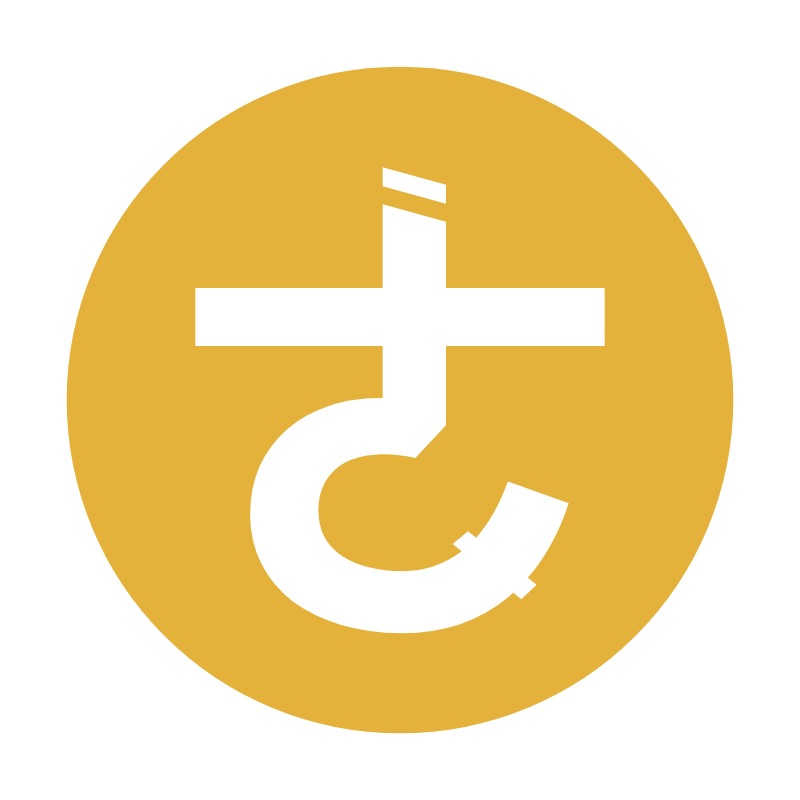Exploring Energy Currency: The End of RWA is PoW
Recently, the encryption industry has been severely regulated by the SEC in the United States, and centralized exchanges have been investigated. A large number of proof-of-stake (PoS) cryptocurrencies have been classified as securities, creating a lot of fear and uncertainty. However, at this time, certain primitive technologies and concepts are being reevaluated, namely proof-of-work (PoW) and real world assets (RWA). Cryptocurrencies based on PoW are classified as commodities, in line with existing regulatory rules; RWA represents traditional market assets mapped onto the blockchain in token form, betting on future compliance narratives. Both the old and the new concepts are receiving significant attention in the market.
Reasons for the early failure of RWA
Looking back at history, back in 2017 during the Ethereum ICO token issuance boom, many projects proposed RWA (then known as asset securitization). For example, real estate equity was tokenized, and investors could purchase corresponding RWA tokens to receive investment dividends. Such projects were popular at the time mainly because compared to purely virtual and non-utilized tokens, more people believed that cryptocurrencies linked to real-world assets were more valuable or reliable.
This is also one of the key reasons why RWA is receiving market attention again, especially for new users entering the encryption industry recently. However, in reality, almost no RWA projects have achieved the expected success in the past. The main reasons for this are as follows:
Blockchain was a completely new concept at the time. Cryptography and tokens were not yet trusted by the masses as technologies, and asset managers lacked the motivation to put large-scale assets on the chain. There was widespread skepticism or a wait-and-see attitude.
The blockchain infrastructure at that time was not yet mature. The exploration of decentralized application platforms was still ongoing, and even now, Ethereum, which has the second largest market value, was constantly doubted about its prospects in the past. So at that time, the RWA projects almost needed to create a separate chain for each category of assets for trading and circulation, which increased the difficulty of implementing RWA.
The centralized management issue of off-chain institutions. RWA requires off-chain institutions as guarantees before being put on the chain, and both parties to the transaction need to rely on the credit endorsement of these institutions, which does not align with the pursuit of the crypto world.
Difficulties in risk management. Maintaining underlying assets, putting assets on the chain, and distributing returns all involve risk management. Once a default occurs, without any relevant RWA laws and regulations, the risk of asset loss is enormous.
Different asset attributes will encounter different problems when they are put on the chain. Not all real assets can improve their liquidity by being put on the chain. On the contrary, the cost of compliance and security maintenance caused by putting some assets on the chain is far greater than the benefits brought by liquidity.
Different RWA Assets
It was not until Ethereum, as a decentralized application platform, gained market validation and the emergence of DeFi that the foundation for the current RWA narrative was laid. In particular, the DeFi leading project, MakerDAO, turned its focus to RWA, attracting industry attention. MakerDAO's approach is to buy a large amount of US Treasury bonds and use them as RWA on its chain.
US Treasury bonds belong to debt-based assets. Compared to other traditional real-world assets, they have significant advantages in terms of liquidity, standardization, scalability, security, etc. In addition to debt-based assets, other assets that are suitable for RWA currently include gold, real estate, loans, equities, and so on. One type of asset that is overlooked by the RWA market is energy-based assets.
The most famous energy-based RWA asset should be Petro, announced by Venezuela in December 2017, which is backed by the country's oil. Compared to other RWA assets, oil also has significant advantages, but it ultimately did not succeed. Another type of RWA that has achieved historic success by using PoW mechanism and proving energy consumption as reserves is represented by Bitcoin.
Relationship Between RWA and PoW
PoW is the consensus mechanism of Bitcoin. How can the mechanism of a peer-to-peer electronic currency system become RWA?
Behind the actual PoW is a real electric power asset, and the consumed power is issued on the chain in the form of tokens. And this conversion process from power to tokens is decentralized and market-based, and it is a direct process without any intermediary management. Further, it is completely determined by code and mathematics in terms of asset maintenance and distribution. It can be said that Bitcoin is not only the world's first decentralized electronic currency that prevents double-spending, but also the first to tokenize energy as a real-world asset using RWA.
From the perspective of RWA, what are the characteristics of energy PoW?
Compared to other traditional real-world assets, energy has significant advantages in terms of liquidity, standardization, scalability, and security. In particular, it achieves the ultimate level of liquidity, asset standardization, and scalability. Every person in the modern world cannot live without energy.
The process of tokenizing consumed energy as an asset is PoW. It relies on machines to calculate computing power. Its characteristic is that it requires prior design of the economic model of the chain before energy is tokenized. Just like the energy consumption process of Bitcoin, it first sets the total token supply to 21 million and dynamically adjusts the difficulty of the main network's total computing power every two weeks. It also undergoes a halving cycle of energy consumption proof every four years.
The end of RWA is a currency based on PoW
Currency, as the most liquid and largest asset in the economic system, if the currency based on PoW is regarded as a RWA, then the currency system becomes an optimal RWA system. Transferring PoW currency is equivalent to transferring real-world assets, and you can exchange this asset for other assets available on the market. This PoW-based RWA product is the currency that serves as a medium of exchange in the economy.
History and economics have taught us that monetary exchange is more mature and efficient than barter. So, instead of putting real-world assets on the chain for exchange, when it is impossible to avoid centralized management of assets, it is better to directly use the circulation and exchange of currency to replace the on-chain circulation of real-world assets. So, it can be said that the end of RWA is currency based on PoW.
From the perspective of RWA, the entire energy consumption of Bitcoin is dynamically adjusted and limited. It is expected that by 2140, the proof of energy consumption of Bitcoin will end, and at that time, the total value of Bitcoin will be based on the total energy consumption in history. If the technology has made great advancements by then and the cost of energy consumption has significantly decreased, since Bitcoin will no longer have any output and there will be no marginal cost in the market, the overall value of Bitcoin will decrease without considering other factors. This will inevitably cause the market to reposition Bitcoin, and it is very likely to define it completely as a collectible, just like the current market for collecting ancient coins.
Therefore, sufficient design must be applied to the energy consumption of PoW, for example, simply changing limited quantity to unlimited quantity can avoid the problem of marginal cost disappearing and asset value decreasing along with the decrease in energy cost after the end of energy proof. For example, Dogecoin, which consumes energy through PoW but does not have a total supply limit, does not have this problem. From this perspective, Dogecoin is more suitable for circulation as a currency than Bitcoin from a sustainability perspective.
In addition to the design of the quantity of energy proof, there are also dynamic adjustment cycles of energy consumption, divisibility of energy proof, privacy, fair distribution, liquidity, and supply adjustment, among others. Compared toBitcoin and Dogecoin, apart from the difference in quantity, both face the same problem as currencies: no mechanism for regulating supply. This leads to significant volatility in the value of assets supported by energy. So, what kind of design would be optimal from the perspective of an energy currency? Answering this question would require considering multiple factors, which I will analyze in detail in future articles.



